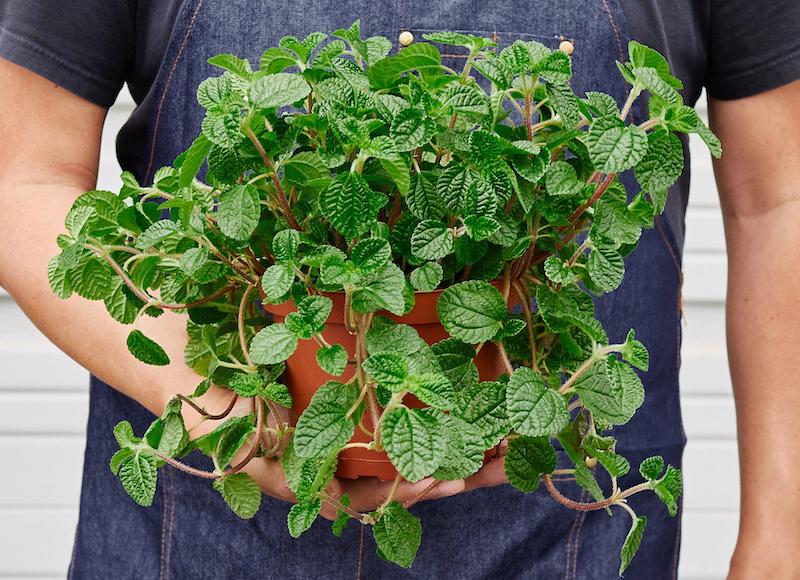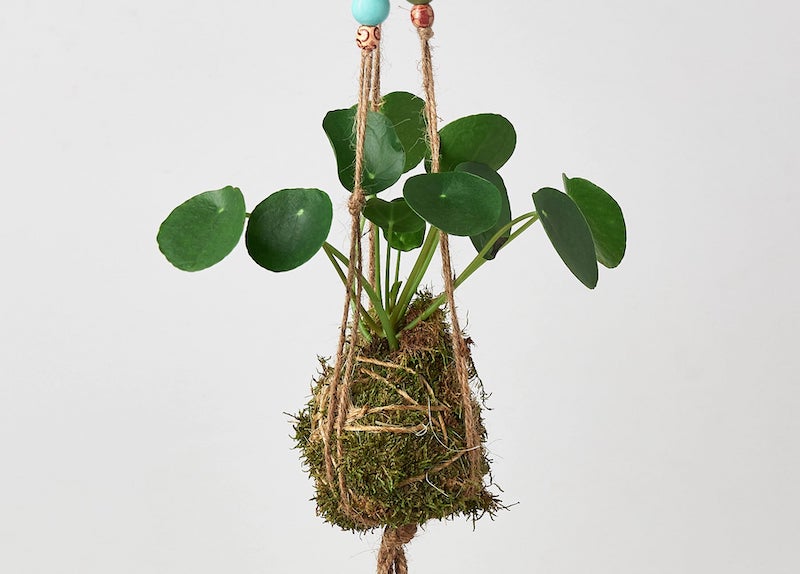Pilea peperomioides grows as a hardy perennial in zones 10 through 12 and is a popular houseplant elsewhere. This leafy plant naturally grows in mountainous regions of China, where it enjoys dappled sunlight and humid conditions. Pilea is easy to grow, especially indoors, but this plant can also live outdoors during the spring, summer, and early fall with some extra care and attention. Sunlight is the biggest challenge to growing a pilea outdoors. While this plant needs 12 to 16 hours of sunlight daily, direct sunlight will burn the leaves. The ideal spot for a pilea will be sunny, but the plant will be protected from direct sunlight. Covered patios or porches are often a good location, and once you find a good spot, this fast-growing plant will thrive.

Photo by Maja Dumat, unedited, Flickr, Copyright CC BY 2.0 DEED
When To Put Pilea Outside
Temperature is often the deciding factor regarding when to move a pilea outdoors. Pilea plants are not cold hardy, so chilly spring temperatures may damage the foliage and can be fatal. Temperatures below 50 degrees F are too cold for pilea plants. It is often best to err on the side of caution and wait until the nighttime temperature is above 55 degrees F before moving the plant outdoors. Allowing for this extra cushion ensures the plant will be safe if the weather forecast is off.
Gradually transition the plant outdoors and bring it outside for a few hours or half a day at a time. After several days, the plant can permanently stay outside. A gradual transition helps the plant adapt to the temperature, humidity, and light changes it will experience outdoors. Slowly introducing the plant to these fluctuations avoids shocking the plant and possibly stunting growth.
When To Bring Pilea Indoors
Much as the temperature is a significant factor when bringing a pilea plant outdoors, it also guides when to get the plant inside. Pilea plants must be back inside before the temperature dips below 55 degrees F.
Start the process of bringing the plant inside about a few weeks before it’s time to make the move. Thoroughly inspect the plant for signs of pests and treat as necessary. Even if the plant does not show damage from pests, consider spraying the plant with horticultural oil as a preventative measure. Quarantine the plant when it comes back inside from other permanent houseplants, just in case. Continue to monitor the plant for pest damage during the first few weeks inside. Once the plant has a confirmed clean bill of health, it can be placed near other plants.

Caring For Pilea Outdoors
The ideal spot for a pilea plant outdoors will receive partial shade. A protected area like a covered porch is ideal and will shield the plant from direct sunlight. Water the pilea plant when the top couple of inches of the soil are dry. Outdoor plants dry out more quickly because of the sun and wind, so while a houseplant needs water roughly once per week, a plant outdoors may need water every few days. Always check the soil to determine if the plant needs water.
A hanging basket is a wonderful outdoor location for a pilea plant. Make sure a hanging plant is protected from strong winds or inclement weather, like heavy rain or hail. Drainage is always essential, but more so for plants outdoors that can receive rain and even heavy dew.

 |
Author Alison Cotsonas - Published 11-16-2023 |
